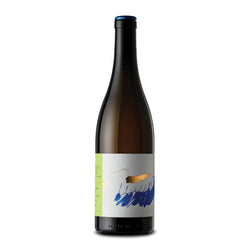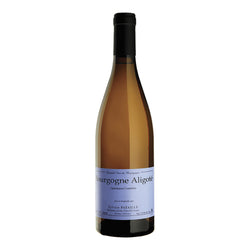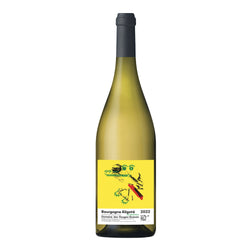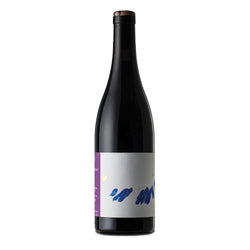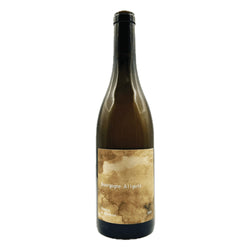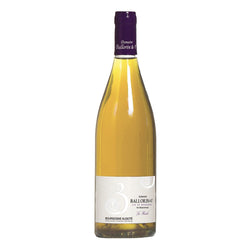L'area principale di coltivazione dell'Aligoté si trova in Borgogna. Qui il vitigno ha persino una sua Appellation propria con il vino Bourgogne Aligoté. È allevato nell'Europa orientale e, in aree più piccole, anche in Australia, Cile, Georgia, Svizzera e Stati Uniti.
Il «secondo» vitigno della Borgogna produce vini leggeri, con molta acidità e di breve durata. Serve per la produzione di vini aperitivi ed è la base tradizionale per il Kir.
Si tratta di un vitigno vigoroso ma dalla produttività variabile, capace di dare vini di buona acidità, a volte anche più energici dello stesso Chardonnay, ma con rese molto inferiori. Non sopporta bene il rovere poiché i suoi aromi sono troppo delicati. Il grappolo è di forma conico-cilindrica, con acini di dimensioni irregolari.
E' molto popolare in Romania, dove supera i 10.000 ha, ma anche in Bulgaria, Ucraina, Moldova, Georgia, Kazakistan, dove è utilizzato prevalentemente per la produzione di spumanti. In misura nettamente minore si trova anche in California e Cile. Sono poche le occasioni di trovare un vino prodotto con questo vitigno, che valga la pena degustare.
L'area principale di coltivazione dell'Aligoté si trova in Borgogna. Qui il vitigno ha persino una sua Appellation propria con il vino Bourgogne Aligoté. È allevato nell'Europa orientale e, in aree più piccole, anche in Australia, Cile, Georgia, Svizzera e Stati Uniti.
Il «secondo» vitigno della Borgogna produce vini leggeri, con molta acidità e di breve durata. Serve per la produzione di vini aperitivi ed è la base tradizionale per il Kir.
Si tratta di un vitigno vigoroso ma dalla produttività variabile, capace di dare vini di buona acidità, a volte anche più energici dello stesso Chardonnay, ma con rese molto inferiori. Non sopporta bene il rovere poiché i suoi aromi sono troppo delicati. Il grappolo è di forma conico-cilindrica, con acini di dimensioni irregolari.
E' molto popolare in Romania, dove supera i 10.000 ha, ma anche in Bulgaria, Ucraina, Moldova, Georgia, Kazakistan, dove è utilizzato prevalentemente per la produzione di spumanti. In misura nettamente minore si trova anche in California e Cile. Sono poche le occasioni di trovare un vino prodotto con questo vitigno, che valga la pena degustare.


